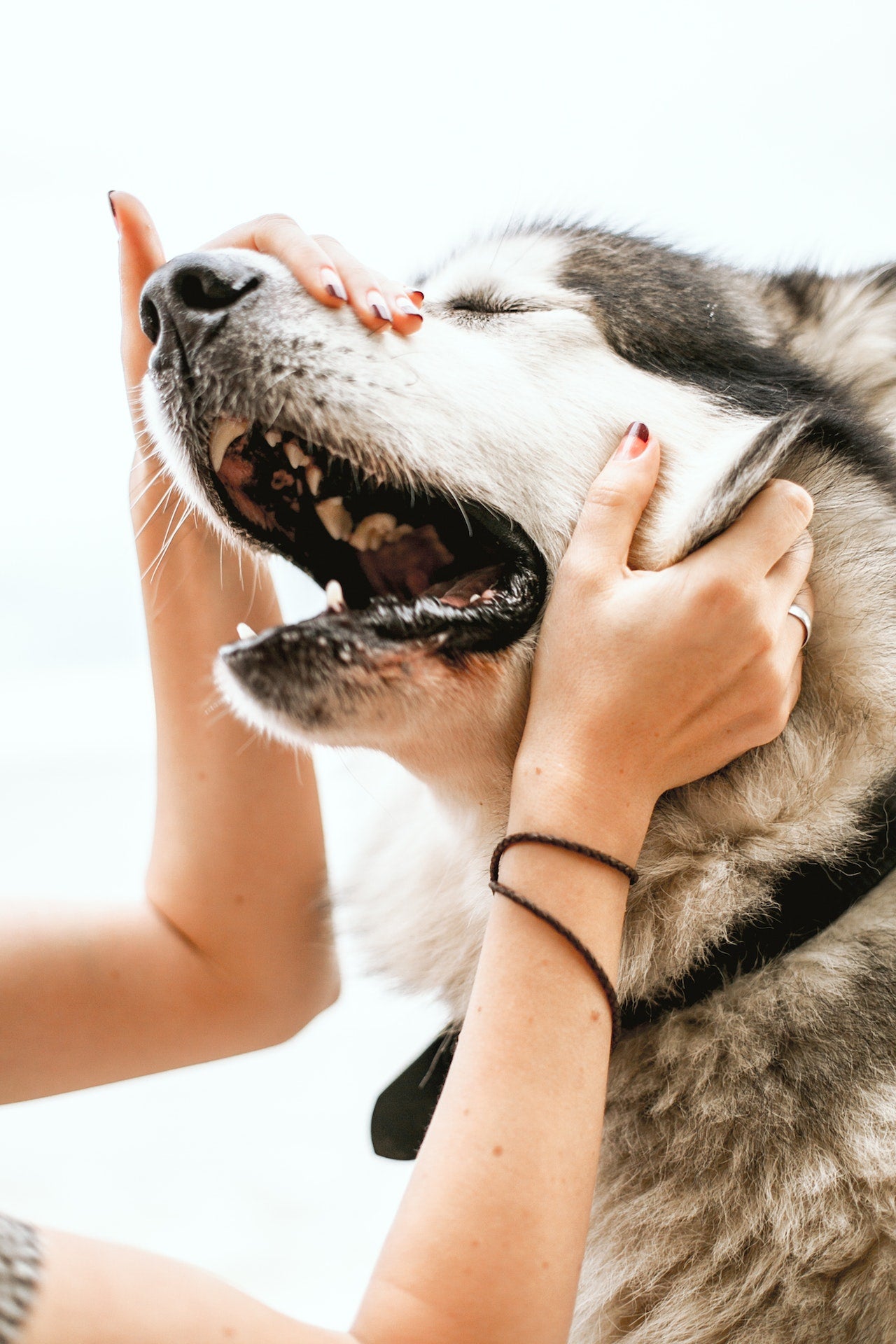Can dogs and foxes’ breed
Foxes and dogs are two different species of canines, although they behave and look quite similarly to one another. One of the questions that is frequently questioned is whether or not these two species are able to mate with one another and have children. This article will discuss the issue of breeding dogs with foxes, including the definition of pregnancy in dogs, the possibility of successful breeding, and the probable effects of such a breeding. Additionally, we will look at the likelihood of such a pairing being successful.
Definition of Breeding in Dogs:
In dogs, mating refers to the process of sexual reproduction between a male and a female dog, where the male dog's penis is inserted into the female dog's vagina to transfer sperm and fertilize the eggs. Mating typically occurs during the female's fertile period, which is generally around the time of ovulation. The male dog is attracted to the female's scent and may exhibit mating behaviours such as mounting and attempting to penetrate the female. If the mating is successful, the female may become pregnant and give birth to a litter of puppies several weeks later.
Can dogs and foxes breed?
The answer is yes, although it happens only under unusual circumstances. Because they are such closely related animals, dogs and foxes are able to mate with one another and have children that are genetically sound. However, due to a number of different conditions, the chances of successfully breeding and having a child are rather low.
To begin, canines and foxes engage in sexual behaviour and rituals that are distinct from one another. Dogs are sociable creatures that live in packs and have a well established order of dominance among themselves. They engage in sexual activity on a regular basis with other canines and have developed specialised mating habits and rituals as a result. On the other hand, foxes are solitary creatures that only mate sometimes and do not have any particular mating habits that they engage in. Because they have such different approaches to mating, it can be challenging for dogs and foxes to effectively have offspring.
Second, the number of chromosomes found in canines and foxes is distinct from one another. Foxes have just 34 chromosomes, compared to the 78 that are found in dogs. Because of the disparity in the number of chromosomes, it may be challenging for the sperm and the egg to join and generate a healthy embryo.
Even if a dog and a fox are able to successfully mate and have kids, there is still a chance that the offspring will not be healthy. Breeding individuals of different species together can lead to genetic anomalies as well as health issues, both of which can have an effect on the offspring's overall health and welfare. Additionally, there is a possibility that there will be behavioural disorders as a result of crossbreeding because the offspring may have a combination of characteristics and behaviours from both of its parent species.
Reasons why dogs and foxes shouldn’t be bred together
It is not suggested at all to breed foxes and dogs together for a number of different reasons. The fact that dogs and foxes belong to different species and have different numbers of chromosomes is the primary reason why the offspring of these two animals might have a wide variety of genetic and physical problems.
Hybridization is the process of breeding animals that are of different species. It is not a common practise because it is difficult to achieve a successful pregnancy through hybridization, and it can have adverse consequences on the health and welfare of the offspring that are produced through hybridization. When it comes to dogs and foxes, the fact that the two species have distinct mating practises might make it difficult for the two species to successfully mate and have children that are able to survive.
Even if a dog and a fox are able to successfully mate, the chances of the dog having a healthy pregnancy and the fox having healthy progeny are extremely low. The genetic variations that exist between the two species can produce in a wide variety of physical defects, developmental challenges, and health problems in their progeny, all of which can cause the animals a great deal of pain and suffering.
Breeding dogs and foxes together is not encouraged for a number of reasons, one of which being the potential for it to result in ethical and legal issues. It is against the law in most jurisdictions to breed animals of various species, as this is seen as a form of animal cruelty or abuse. In addition, purposely creating animals that may suffer from genetic or physical problems owing to the mixed genetic makeup of the animals in question raises ethical questions and should be avoided.
In addition, the pups produced by mating dogs and foxes together may exhibit surprising behaviours and features. Foxes are not domesticated animals, and as a result, they have certain tendencies and habits that might make it challenging to handle and educate them as pets. Foxes also have a wild appearance. These tendencies and habits might be passed on to a dog-fox hybrid, making it difficult to train and care for the offspring of the two species.
Overall, breeding dogs and foxes together is not recommended due to the significant health, ethical, and legal issues it can cause. While it may seem intriguing to create a new and unique type of animal, the potential consequences far outweigh any perceived benefits. It is important to respect the natural order of things and not engage in practices that can cause harm to animals. Instead, pet owners should focus on responsible breeding practices that prioritize the health and welfare of the animals involved.
Concluding Words
In conclusion, while dogs and foxes can breed and produce offspring, it is relatively rare and not recommended. Crossbreeding between different species can result in health and behavioral problems that can impact the health and wellbeing of the offspring. If you own a dog or a fox and are concerned about the potential for crossbreeding, it is important to take appropriate steps to prevent mating from occurring, such as keeping your pet on a leash or in a secure area.


